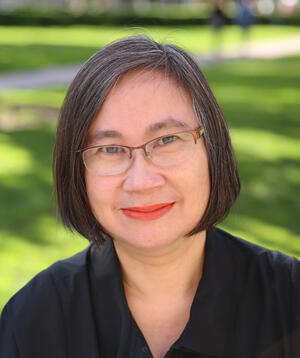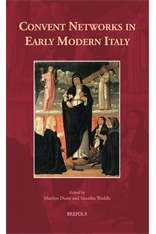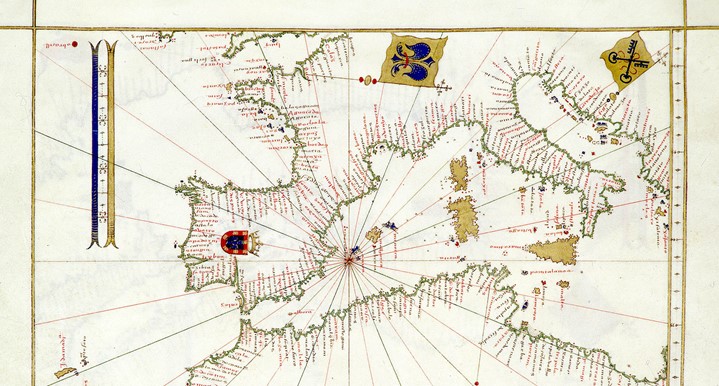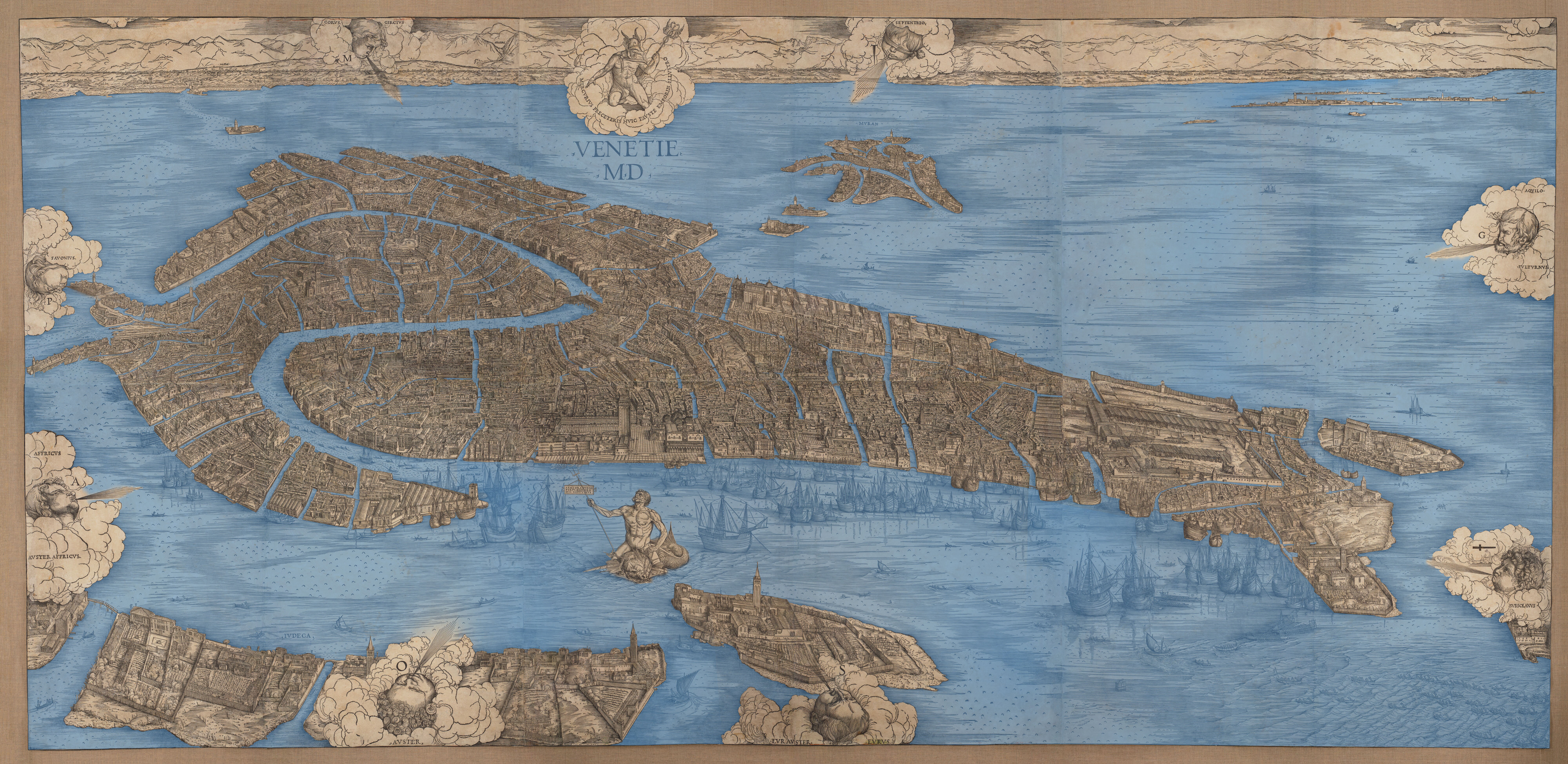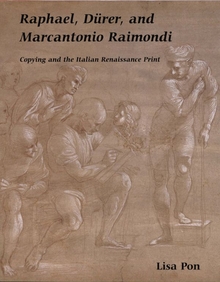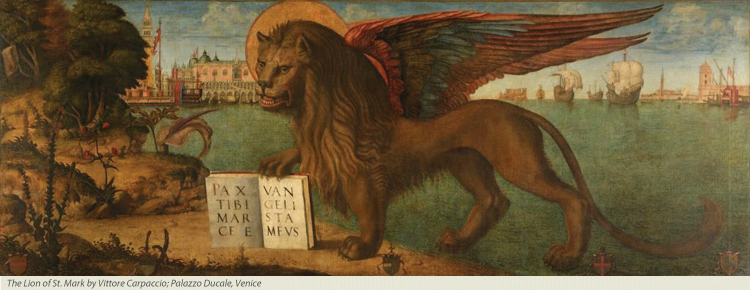“Where the Impossible is Possible”: Saundra Weddle and Lisa Pon on Collaboration and Renaissance Studies
“For being an academic especially, there are many times it's lonely work. Like I think writing monographs, writing articles . . . are incredibly lonely, difficult, solitary procedures. And so to be able to nurture and cultivate relationships that can sustain you, even in that type of isolation, I think, has been for me really important.” – Lisa Pon
In this episode
Caro Fowler speaks with two scholars of Renaissance art and architecture: Saundra Weddle, professor of architecture at Drury University and a Clark Fellow in fall 2020, and Lisa Pon, professor of art history at the University of Southern California. They discuss how they met one another by chance in a hostel while studying in Italy as undergraduates and how their thirty-year-friendship has shaped their professional work. Saundra and Lisa reflect on their experiences conducting archival research and share their perspectives on where the field of early modern art history is headed.
TRANSCRIPT
Saundra Weddle is professor of architectural and urban history and theory at the Hammons School of Architecture at Drury University. Her scholarship focuses on gender and architecture in early modern Italian cities, and she has published widely on convents in Florence and Venice, including the edited and annotated translation of the Chronicle of Le Murate (CRRS, 2011) and the co-edited volume, Convent Networks in Early Modern Italy (Brepols, 2020). Her current project, “Architecture, Mobility, Segregation: The Everyday Spatial Practices of Women in Early Modern Venice,” has been supported by grants from the Gladys Krieble Delmas Foundation, the Samuel H. Kress Foundation, an Andrew Mellon Foundation–Divided Cities grant from Washington University in Saint Louis, and the Clark Art Institute.
Lisa Pon specializes in early modern European art, architecture, and material culture, focusing on the mobilities of art, artistic authority and collaboration, and the Renaissance concept of abundance. The author of Printed Icon: Forlì’s Madonna of the Fire (Cambridge, 2015) and Raphael, Dürer, and Marcantoni Raimondi: Copying and the Italian Renaissance Print (Yale, 2004), she is also co-editor or co-author of three additional volumes. Her articles have appeared in Art Bulletin, Art History, Word & Image, Print Quarterly, Renaissance Studies, Journal of the Warburg and Courtauld Institutes, Boletín del Museo del Prado, and Journal of the Acoustical Society of America.
This conversation was recorded on December 3, 2020.

